June 2025 | Market Update
Market Update

Market Update

Quiet Confidence in a Recalibrated Market
Across Northern Colorado, the luxury residential market is exhibiting signs of maturity rather than volatility. June’s figures reveal a market that is neither speculative nor static. Inventory has expanded without tipping into oversupply, sales volumes have risen with surprising vigor, and average price points remain resilient—held aloft by quality, design, and the enduring appeal of the region’s lifestyle. If June 2024 was defined by scarcity, June 2025 reveals what happens when supply normalizes without a corresponding shift in urgency. Inventory has expanded, but absorption has bifurcated—especially in the luxury sector. While single-family pricing has remained largely steady, the market now favors those with data, patience, and positioning.
What emerges is a portrait of equilibrium: a market less defined by frenzy and more by fluency.
Luxury inventory across key markets continued its upward climb in June. Boulder posted a 16% year-over-year increase, while both Longmont and the Denver Metro rose 15%. Fort Collins, already one of the most stable luxury microclimates in the region, saw a modest 6% gain. These shifts reflect growing seller confidence—many capitalizing on multiyear appreciation—and offer buyers expanded choice after a period marked by scarcity.
Crucially, this increase in inventory has not been met with price capitulation. The added volume is well-distributed, particularly in areas where architectural distinctiveness, privacy, and long-term utility remain paramount. Sellers are not flooding the market; they are curating their entry.
Transaction volume reveals a nuanced landscape. While Fort Collins recorded a 12% increase in luxury sales, Longmont surged by 62%, and Denver Metro by 48%—a sign of robust movement in what were once considered peripheral markets.
Boulder, despite a temporary dip in closed volume, remains the bellwether for Northern Colorado’s luxury tier. Market actors here are increasingly patient, with extended timelines for properties above $5M and more transactions occurring through private channels. In this upper bracket, absence from the MLS often signals intent, not hesitation.
Months of Inventory (MOI), a key indicator of market balance, paints a divergent picture across cities:
Boulder’s 18.9 MOI suggests ample selection and measured absorption—characteristics of a market operating on its own luxury cadence.
Fort Collins, at 5.2 MOI, sits squarely in balanced territory, offering a relatively brisk pace for quality properties in the $1.15M–$2M range.
Longmont and Denver Metro, both at 7.1 MOI, tilt slightly in favor of buyers—though not yet enough to unsettle pricing expectations.
This dispersion reinforces that Northern Colorado’s luxury market is not a monolith but a mosaic—one where geography, architecture, and intent shape pace and pricing.
The region’s average sales prices reflect more than size—they signal value alignment between buyer and offering. Boulder retains its position at the apex, with an average of $5.91M. Denver Metro followed at $3.65M, while Longmont and Fort Collins averaged $1.51M and $1.33M, respectively.
Price resilience here is less about speculation and more about relevance. Properties commanding premium pricing typically marry location with provenance, design with discretion. They are not just homes; they are instruments of lifestyle.
Investment: Buyers seeking long-term gains are increasingly targeting Fort Collins and Longmont, where appreciation potential intersects with architectural diversity and land use flexibility. Properties with ADUs, compound footprints, or amenity-forward layouts are in particularly high demand.
Legacy: In Boulder, luxury is entwined with legacy. Buyers here prioritize generational continuity, prestige districts like Mapleton Hill or Chautauqua, and proximity to natural beauty. The market rewards those who think in decades, not quarters.
Lifestyle & Relocation: Denver Metro’s strength lies in adaptability—offering everything from modernist new builds to gated enclaves with mountain views. This diversity continues to appeal to bi-coastal buyers relocating to Colorado for its tax environment, education, and quality of life.
This is a market that rewards precision. For sellers, timing and presentation are more critical than ever. For buyers, optionality has returned—but the most compelling properties still trade quickly, often off-market or via private networks.
Despite interest rate constancy and broader economic hesitations, Northern Colorado’s luxury market is moving not with panic, but with purpose.
Luxury homes across Northern Colorado and the Front Range are sitting longer—and selling bigger.
In Fort Collins, luxury inventory rose to 82 homes, a 6% YoY increase, while sales volume rose 2%—a subtle but meaningful signal that pricing discipline is attracting strategic buyers. The average luxury home sold for $1.33M, down 9% YoY.
Loveland recorded a 148% increase in luxury sales volume, driven by homes priced between $1.5M and $1.7M. The highest sale reached $4.08M, a 127% YoY increase.
Boulder, while still commanding top-of-market prices at $5.9M average, closed only two luxury transactions in June. With an 18.9-month supply, the city’s prestige has decoupled from its pace.
Across the board, MOI in the luxury segment now exceeds 7 months in most cities—placing leverage squarely in buyers’ hands. Still, sales volume in metro-wide luxury was up 50% YoY, suggesting that when properly priced and marketed, luxury properties are closing.
Legacy homes—those purchased to anchor families or carry multigenerational weight—showed meaningful activity in markets with a track record of livability.
Longmont exemplifies this behavior: inventory increased 15%, yet luxury sales rose 63%, with an average price of $1.5M. This suggests long-term planning, not short-term speculation.
Evergreen followed suit: though general market MOI hit 5.4 months, single-family ASPs rose 7% to $1.27M, while the luxury segment reached $3.75M, up 23% YoY.
Where the legacy buyer differs from luxury or investment: they’re willing to wait for the right layout, location, and school district—often sacrificing scale for sentiment.
Buyers in the $750K–$1.5M range found compelling opportunities in Berthoud, Windsor, and Loveland—markets that combined favorable absorption rates with steady appreciation.
Berthoud’s general sales volume grew 36%, and luxury inventory expanded 50%. The average luxury sale landed at $1.4M, up 5% YoY.
Windsor’s luxury market grew 224% YoY in total sales volume, with 12 closings in June alone and a modest 8% price increase, positioning it as one of the most liquid sub-luxury markets in the region.
Attached homes (condos and townhomes) across Northern Colorado told a different story: flat or negative YoY price growth. Fort Collins (+1%) and Windsor (+8%) bucked the trend, but most other areas—like Timnath (-3%) or Longmont (-3%)—suggest softened investor appetite in the attached segment.
The spread between detached and attached is now more pronounced than in 2024, pointing to a clear investor preference for land-backed assets in growing towns.
Relocation activity continues to drive the upper band of the market, though these buyers are now operating with sharper filters. They’re not reacting—they’re vetting.
In Denver Metro, luxury sales volume totaled $224M, up 50% YoY, with 62 luxury closings. But average sale price rose just 4%, signaling transactional confidence but pricing precision.
Douglas County luxury doubled its sales volume to $57.8M, despite ASP increasing only 2%. Top-end properties closed, but buyers were clearly calling the shots.
Longmont and Evergreen both posted double-digit sales increases in the luxury segment without equivalent price surges, demonstrating that lifestyle-driven relocation demand is outpacing speculative pricing.
What’s changing: relocation clients, particularly those moving from coastal markets, are focusing less on Boulder’s brand and more on architectural value, views, and privacy—across multiple zip codes.
Strategic Guidance
→ For Sellers: Price to current conditions, not memories. In high-supply markets like Boulder and Estes Park, overpricing risks long days on market—regardless of pedigree.
→ For Buyers: Fort Collins, Berthoud, and Windsor are absorbing inventory efficiently and offer price stability. In luxury, look for motivated sellers in cities with >10 MOI.
→ For Investors: Detached homes in high-growth legacy towns outperform. Focus on mid-band ($900K–$1.5M) product with strong floorplans and upside potential.
→ For Relocators: The top of the market is no longer defined by address alone. View corridors, quality of construction, and walkability now command premium—even outside traditionally elite zip codes.
Stay up to date on the latest real estate trends.
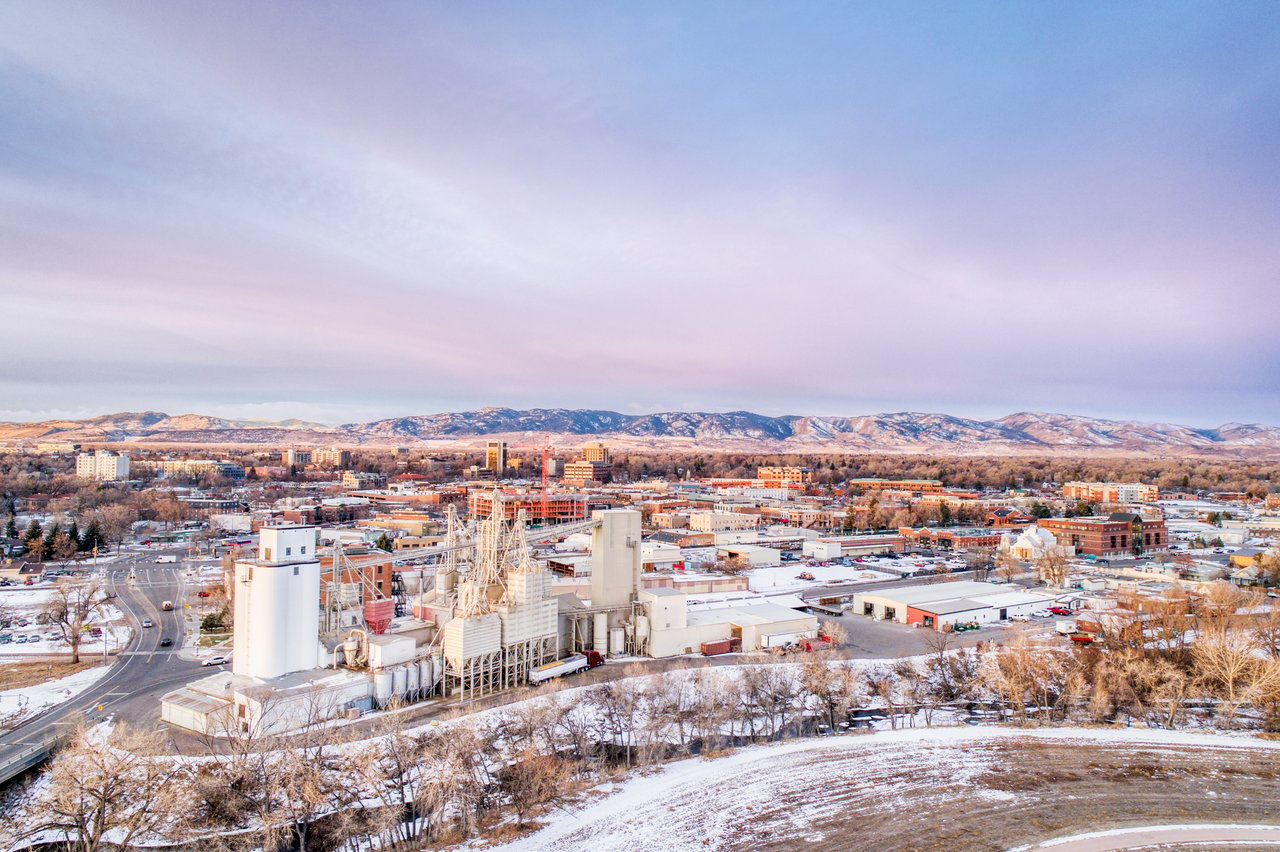
Northern Colorado
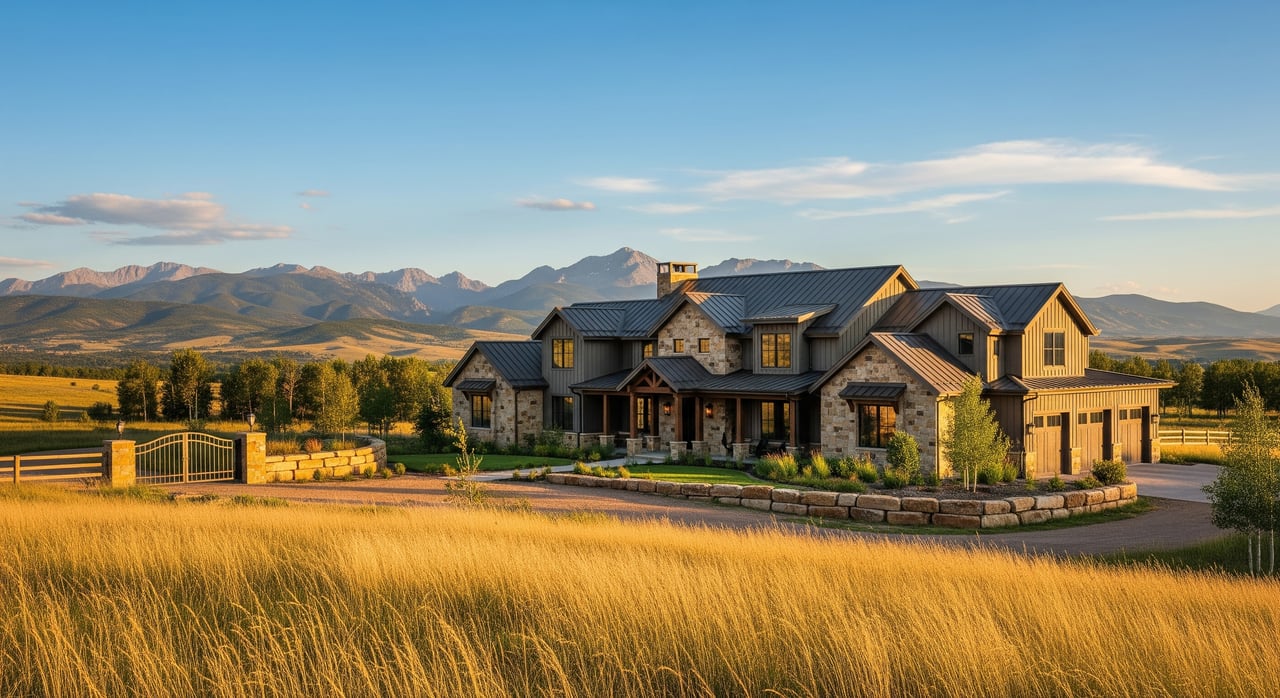
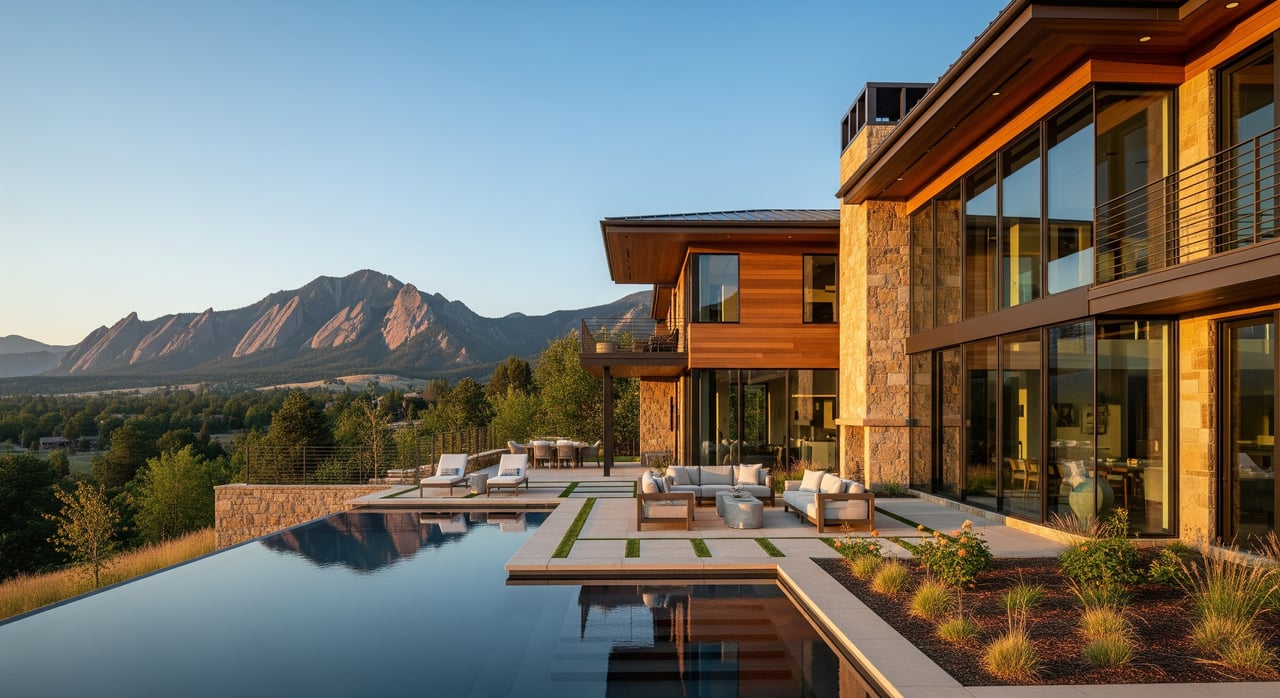

Market Update
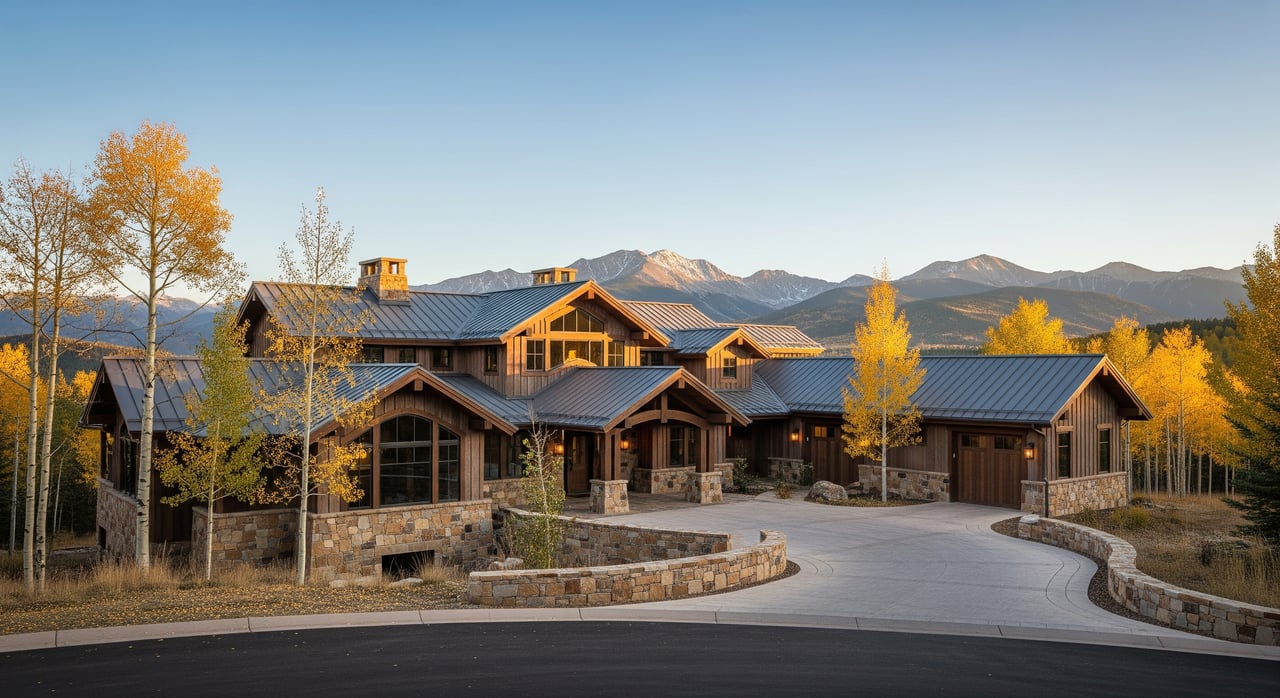
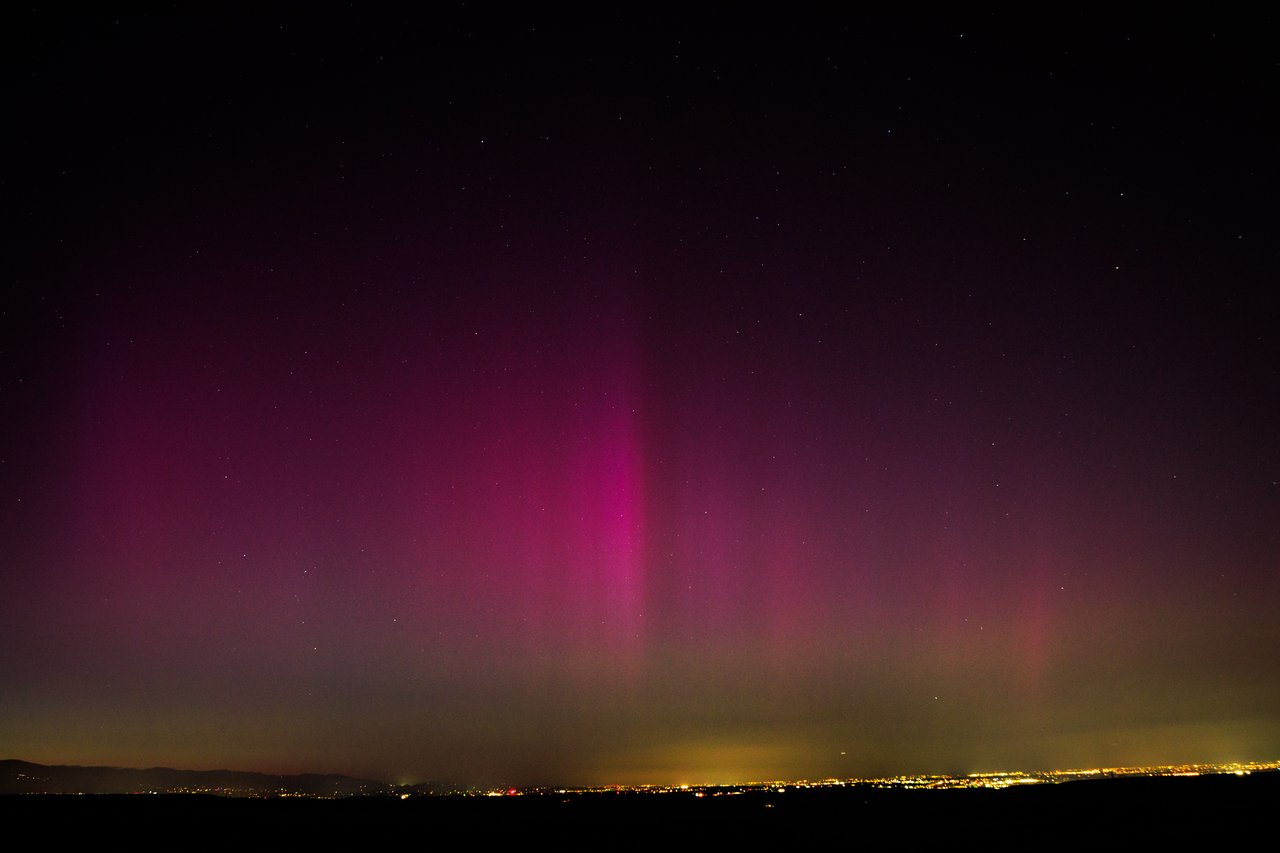
Market Update

Home By Design
A PRIMARY BEDROOM GOES FROM AFTERTHOUGHT TO AMAZING
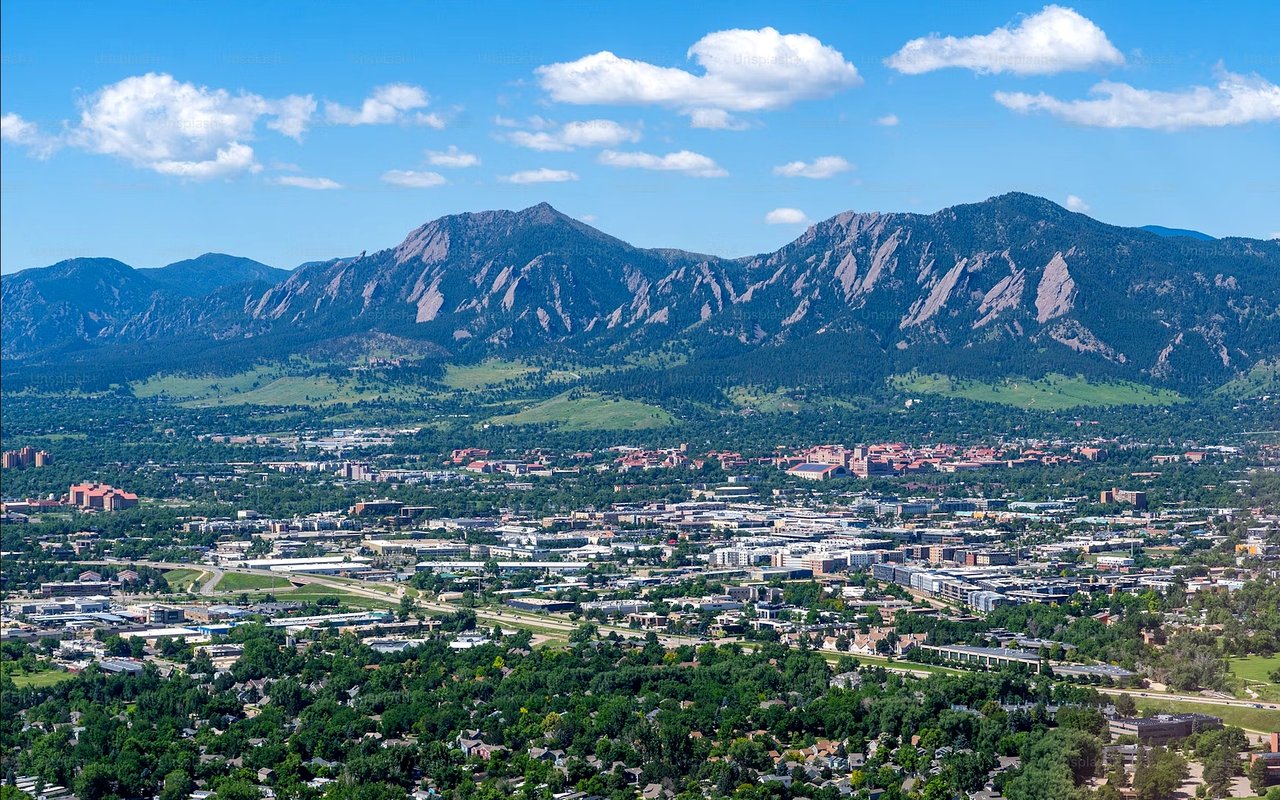
A closer look at the strong housing returns in these proven markets.
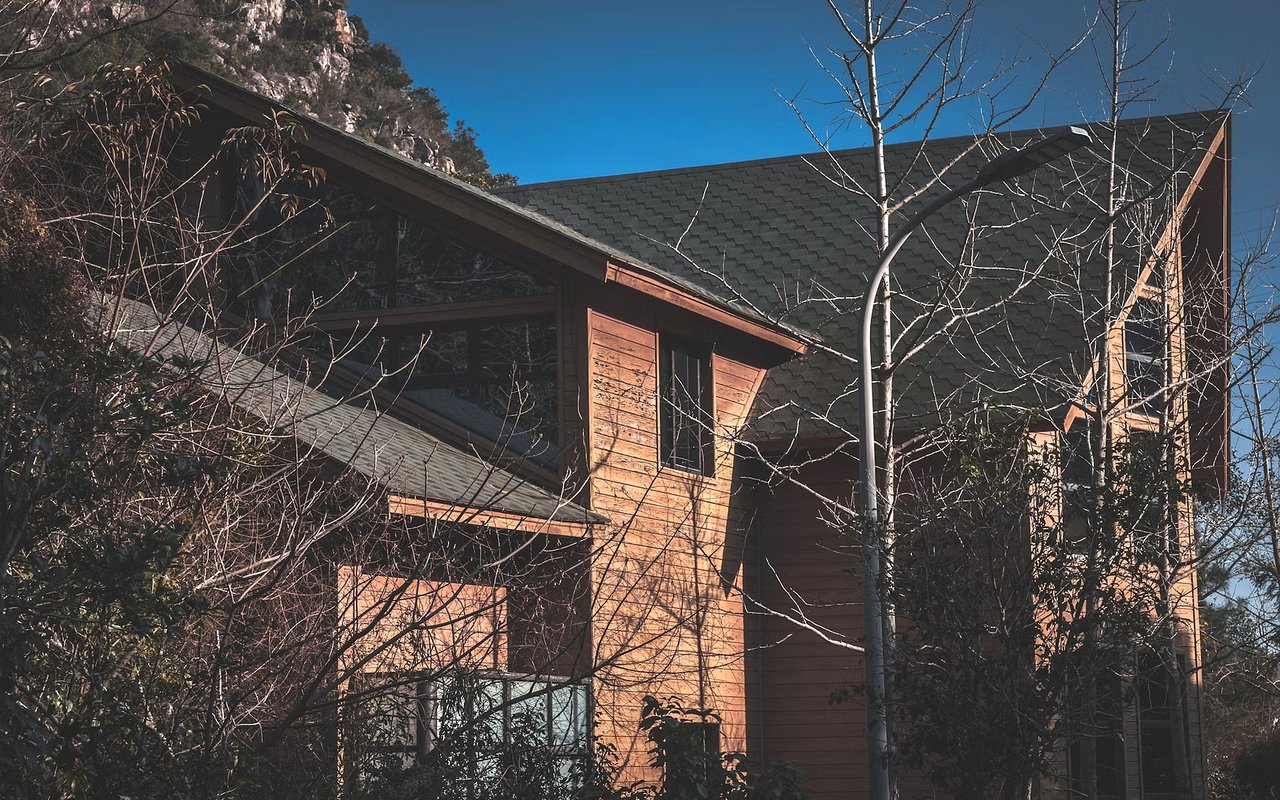
Check off these action items before listing your home for sale.
We enjoy being able to provide the level of expert detail and understanding to our clients that we would expect as a client if we were working through the same process. Whether it be going through the home buying process or listing your home, we look forward to working with you soon!